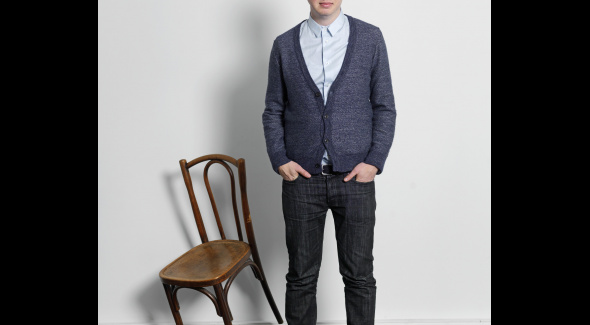Ramy Fischler
I usually define myself as an industrial designer, but the industry today is not easy to define or to understand, in a world where production machines, like objects, are becoming dematerialized, and where usages and business models are becoming global. A world that seems fuller, and yet is drained, that is constantly challenging us to renew, redefine and rebuild in new ways. It is this world, which some have termed “post-industrial” that inspires my approach and my productions. Whether I’m designing a handcrafted object, an exhibition, an industrial product or a virtual interface, the task in hand always provides me with a new opportunity to immerse myself in a particular area, to observe, to exhaust the subject and its potential, and to establish a collective synergy, the content and the appearance of which, are as important as the final result, even more so. Indeed, the exchange of ideas, research and experimentation, necessary for all innovation, not only allows designers to survive and develop, but also manufacturers and scientists, who increasingly collaborate with the former. The designer often finds himself in a position most favourable to initiating new encounters between the principal actors of worlds that are usually apart. This crisscrossing of knowledge and ideas — which remains, in my practice, the only essential or immutable tool — allows me to discover and understand techniques and issues that are constantly changing. What I share with Le Fresnoy is the will and the ability to connect creative spheres. To seek to know, to interact, and to enter into a dialogue with the worlds around us. Whether virtual or physical — and increasingly both at the same time — our creations and projects are dependent on techniques, and technology, without which we could not implement them, and that are constantly evolving, and indeed, sometimes escape us. However in today’s world, these digital tools, these mutant technologies, are all factors that we need to know, to understand and master, but also question, divert, and use in other contexts, for other purposes.
My approach is essentially based on this dual perspective on my environment. Both inside, as a user, an actor, and outside, as a critical observer of what appears to be, or could become, an issue. Digital surveillance, sleep science, electronic musical instruments, or rapid prototyping technologies are just some examples of current phenomena I have explored in recent years, working alongside researchers, doctors, engineers, programmers, manufacturers, lighting engineers and composers. Experimenting with light is a constant feature of my work, whether in projects concerning spaces or objects. Lighting technology is constantly developing, both in terms of power or efficacy, and in the miniaturization of components. With the decline of filament bulbs, and the emergence of low-energy technologies, domestic lighting is taking on new functional and aesthetic dimensions. Remote control lighting has been increasingly democratized, and the expectations of consumers are evolving. Light is not only synonymous with lighting: its ability to modulate colours and to interact with the environment, leads me to experiment with tomorrow’s lighting, and to imagine it as an interface, a narrative, rather like a cinema screen. To quote Alain Fleischer’s fine words: “A cinema illuminating the world.” Perhaps that is how I could sum up the starting point of my research at the Le Fresnoy.




